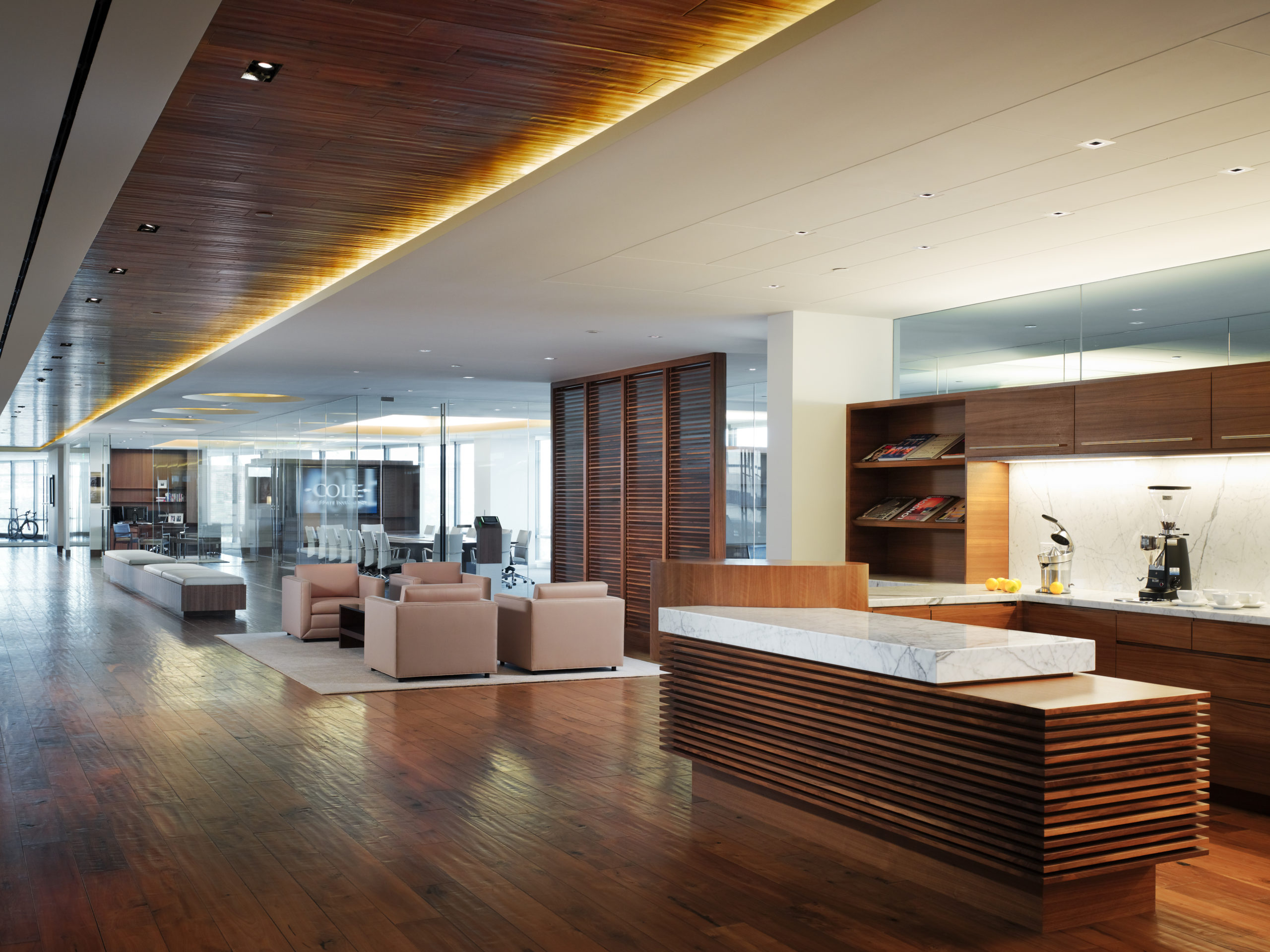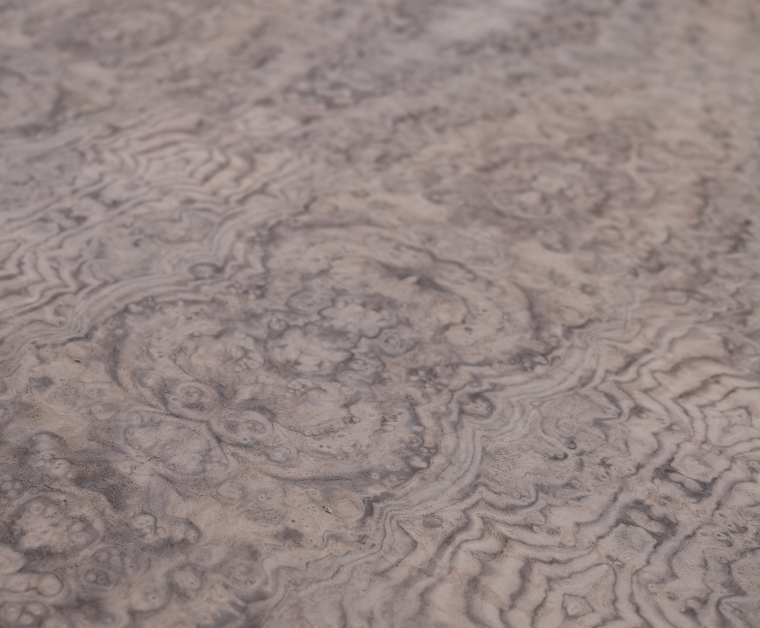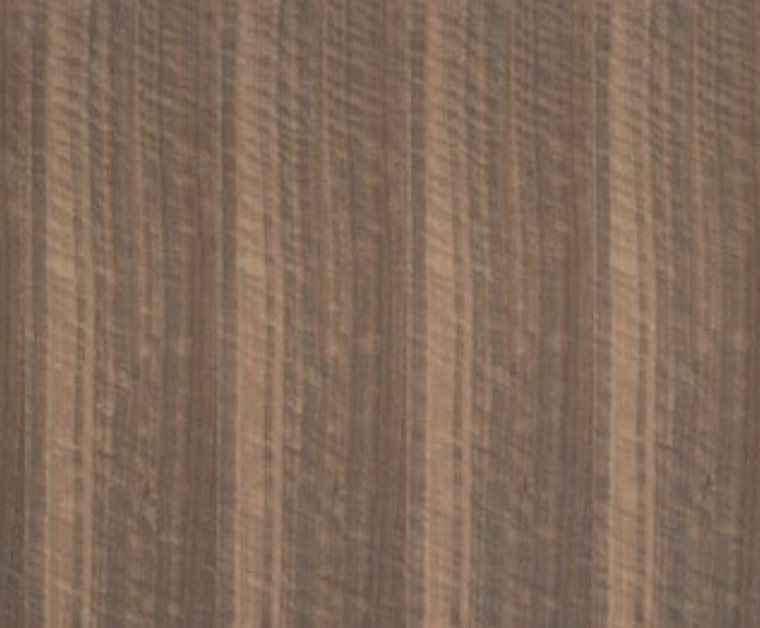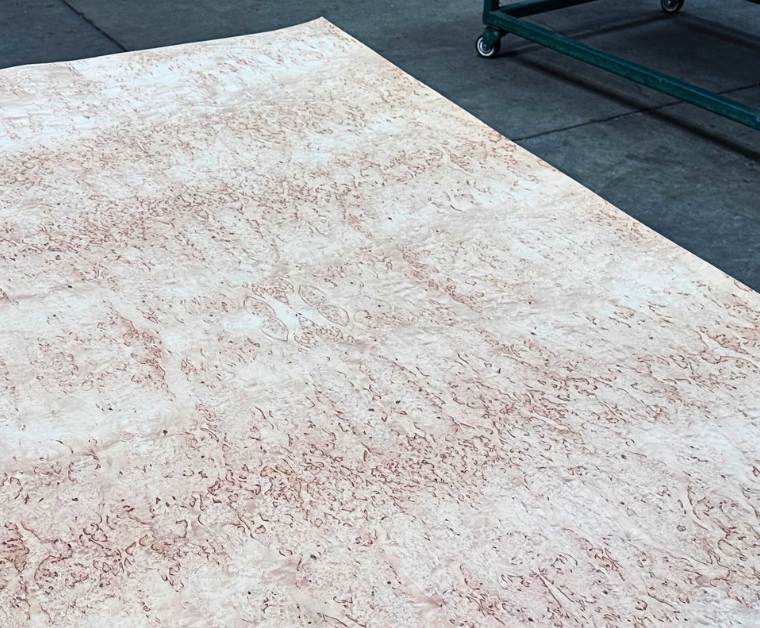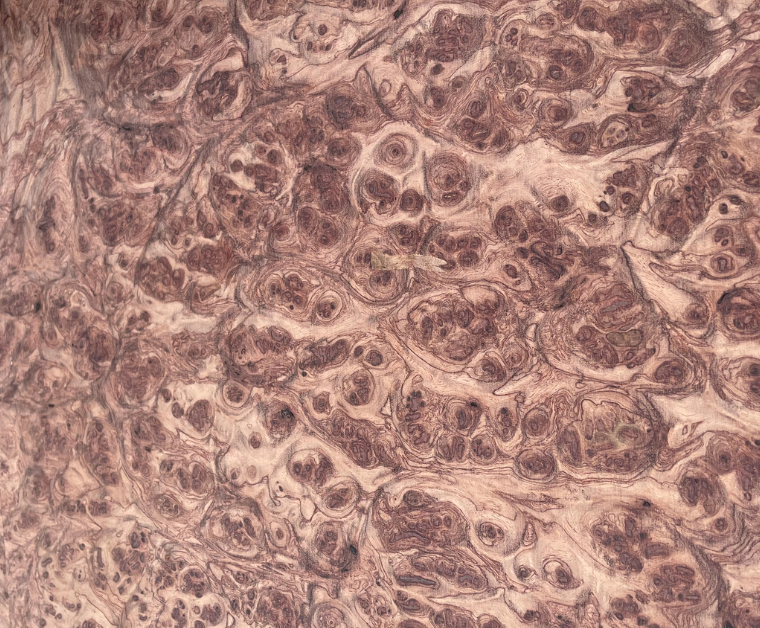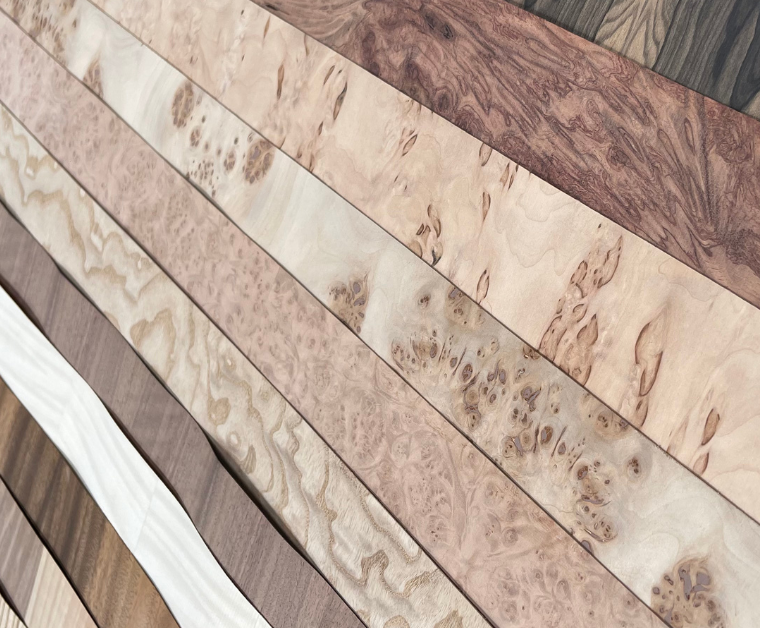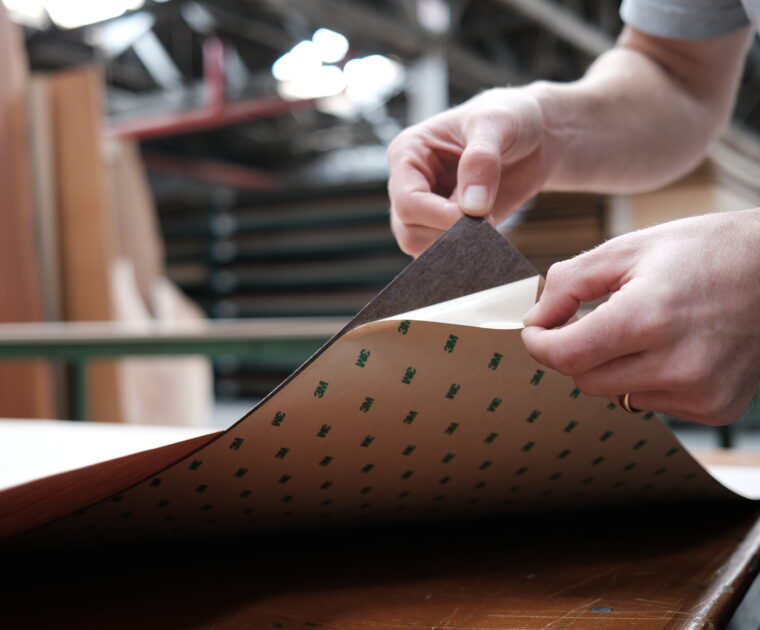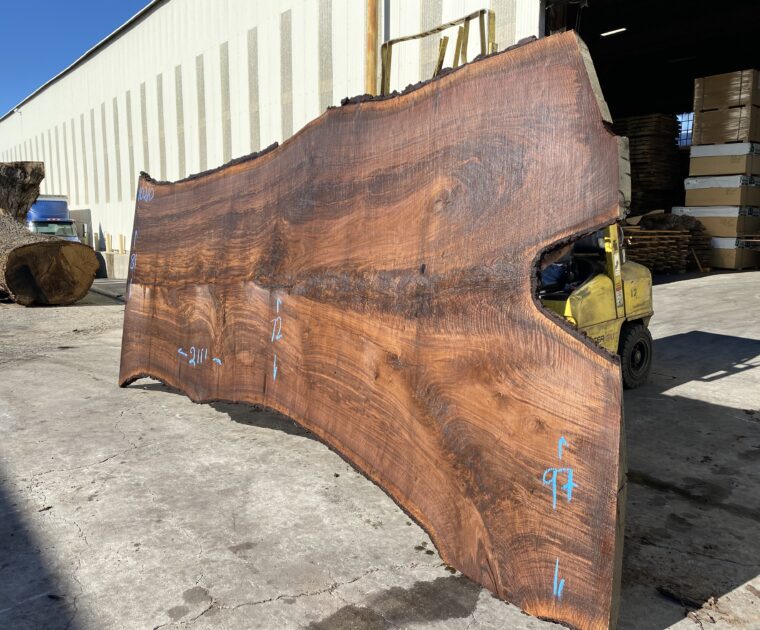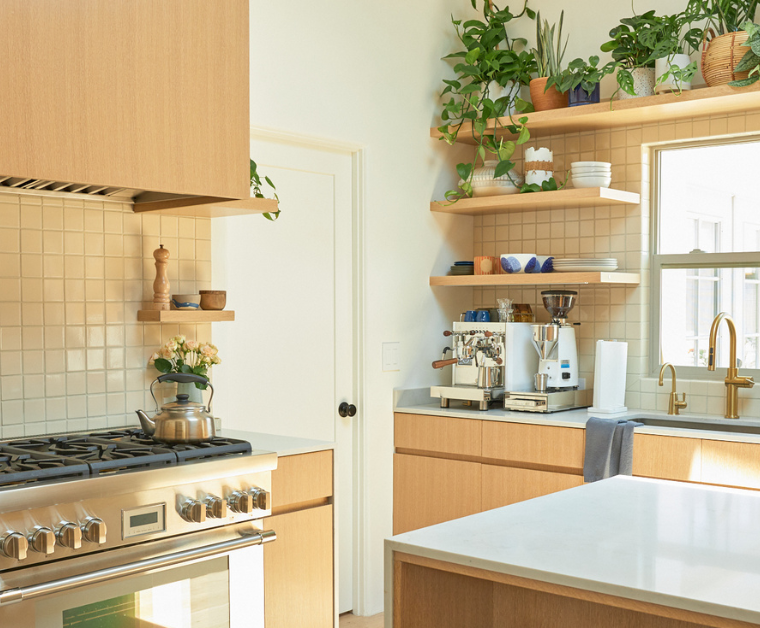Wood Veneer Sheets vs. Custom Plywood
Nothing improves the aesthetics of an interior space like the warm, natural character of wood. Not only does it take your design narrative to a whole new place, wood also allows you to personalize the experience of your project, guaranteeing a unique sense of authentic customization. What’s great is you can achieve this impact with either Wood Veneer Sheets or Custom Plywood – or what some refer to as “Wood Veneer Panels” – which is made by laminating veneer sheets to a substrate of your choice.
As if natural wood wasn’t amazing in and of itself, today’s modern laminating techniques are just as mind blowing. Especially at GL Veneer. Combining our state-of-the-art technology, including our proprietary Hot Press lamination process, with our nearly 50 years of expertise, there’s no surface, shape, or size we can’t veneer with the wood species of your choice.
The options are literally limitless — no matter what you choose. That goes for either full-size, flexible Wood Veneer Sheets on the super-thin backer of your choice, or custom laid-up Custom Plywood panels that are created using raw veneer. And it only gets better, because both options are much more affordable than using solid wood lumber. Not only that, veneer products are the greenest, most responsible use of wood — in fact, one 1” thick board of raw lumber can be sliced to create 42 “leaves” of veneer, effectively extending that wood’s amazing color, grain, and texture across 42x the width of the original board.
So, the debate isn’t whether you should use wood or not. Or even if veneer products are excellent usage of the material. The only real question is: Which should you use — Wood Veneer Sheets or Custom Plywood?
Before you answer, let’s explore both product types, their advantages and differences.
Wood Veneer Sheets
Created by slicing whole logs or lumber into super thin 1/42” to 1/16” layers or “leaves,” Wood Veneer Sheets represent the highest utilization of a tree available, and the purest form of wood other than the original log or lumber. A fact that has made Wood Veneer Sheets popular with architects, interior designers, and DIY’ers for more than 200 years.
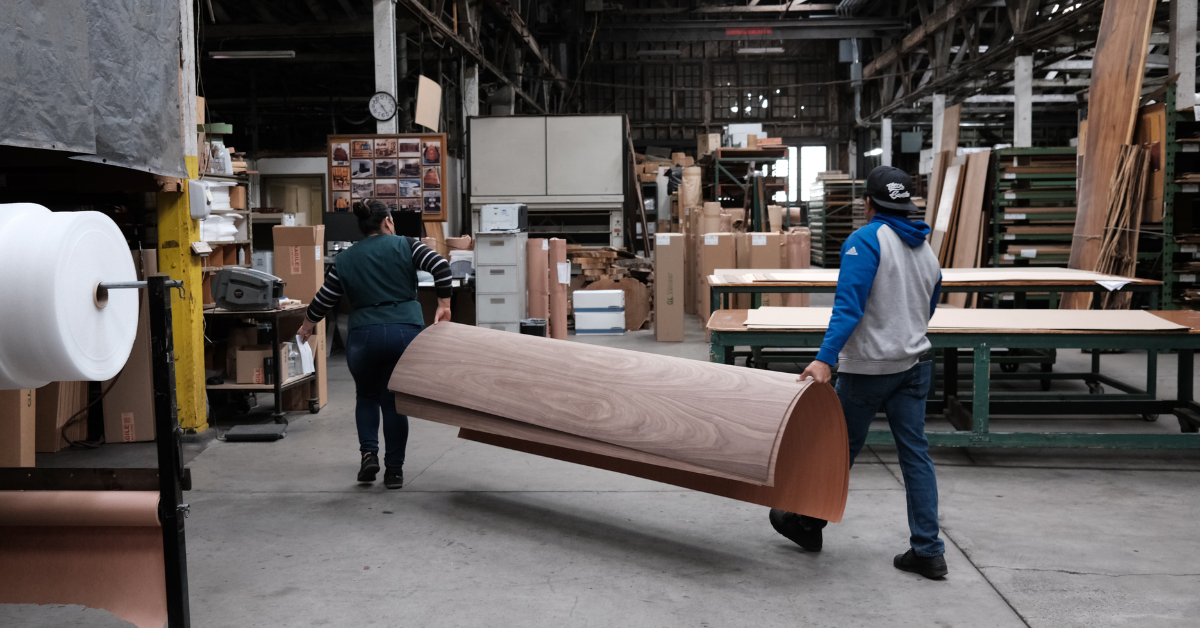
Attributes
Because Wood Veneer Sheets can be created from any tree species, you have a long list to choose from. And it only gets longer when you consider all the different cut, grain, and figure possibilities for each species. At GL Veneer, for example, you can choose from more than 880 different types of veneer, ranging from the more common, domestic species to the most rare and exotic varieties.
Once you pick the perfect veneer for your project, you can customize it even further — while every tree and every leaf of raw veneer are unique works of nature, you can apply a variety of finishing options to enhance the beauty, grain, and texture of the wood to amplify your personal preferences.
As for shapes and sizes, flexible wood veneer is generally sold as individual, pre-cut standard sheets measuring 4’x8’. But, as you might guess, at GL Veneer any sheet can be cut to order to meet your specific needs — even blueprint matched requests.
Finally, regardless of size, Wood Veneer Sheets are stabilized by one of several, super-thin backer material options, including:
- PSA backer (“Pressure Sensitive Adhesive”)
- Wood backer
- 10-mil Paper backer
- 20-mil Paper backer
- 30-mil Paper backer
- Veneer 2 Ply
Applications
One of the coolest aspects of flexible Wood Veneer Sheets is that they’re … flexible. You can apply or wrap virtually any contour or radius with veneer, guaranteeing a highly durable, user-friendly, workable product to build upon. More to the point, projects with rounded edges, contours, or other curved applications will require flexible wood veneer. A sheet with a 10-mil Paper backer will be the most flexible, capable of bending with the direction of the grain as tightly as a ½” radius.
Bottom line, the flexible nature of Wood Veneer Sheets gives you control.
Control in hand selecting your raw material yourself, in person. Control over the sequence matching of your sheets throughout your project. Control over the lamination process, which inherently gives you more control over your overall cost.
Truth be told, “control” is why many experienced woodworkers prefer using Wood Veneer Sheets over Custom Plywood — for the following, not all so obvious, reasons:
- Ensure precise color, grain, and figure match of the actual veneer sheets by hand picking on site
- Personalize the project by hand selecting each sheet in person
- Minimize cost by using your own vacuum bag or cold press laminating equipment (or a 3rd party’s) to personally lay up the veneer
- Maximize the overall yield of the material by custom cutting it on the project site before laying it up, rather than cutting custom shapes from standard size pre-laminated panels
- Manage exact sequencing of each sheet or panel in the final design by laying them up personally, section by section
- Meet deadlines by laying up the sheets personally if the supplier faces a backlog of orders
Cost
Budget wise, Wood Veneer Sheets are obviously less expensive than Custom Plywood because you’re not paying for them to be laminated to a substrate to create your project-ready Wood Veneer Panels. So your cost basically reflects the price of the sheets themselves – plus shipping if you’re not picking them in person, on site – which, no surprise, varies just as much as the species themselves.
You can easily shop prices on GL Veneer’s online Wood Sheet Veneer retail gallery. But to give you a quick idea of typical prices for Wood Veneer Sheets, here are three examples for species ranging from domestic to exotic to rare/premium:
- Red Oak Plain Sliced (domestic): $17 (2’x8’, 10 mil paper) – $50 (4’x8’, veneer 2 ply)
- Brazilian Lacewood (exotic): $71 (2’x8’, 10 mil paper) – $186 (4’x’10’, 10 mil paper)
- Claro Walnut Plain Sliced Figured (rare/premium): $452 (4’x8’, 10 mil paper) – $573 (4’x10’, 10 mil paper)
Custom Plywood
Whether you call it “Custom Plywood,” “Wood Veneer Panels,” or even “Architectural Plywood” when referring to premium grade materials, you’re talking about a versatile product that balances the stunning beauty of natural wood with the strength and structural integrity of a ¾” thick substrate — the typical thickness for many projects. Custom Plywood is created by laminating the wood veneer you select to the substrate material and thickness of your choice.
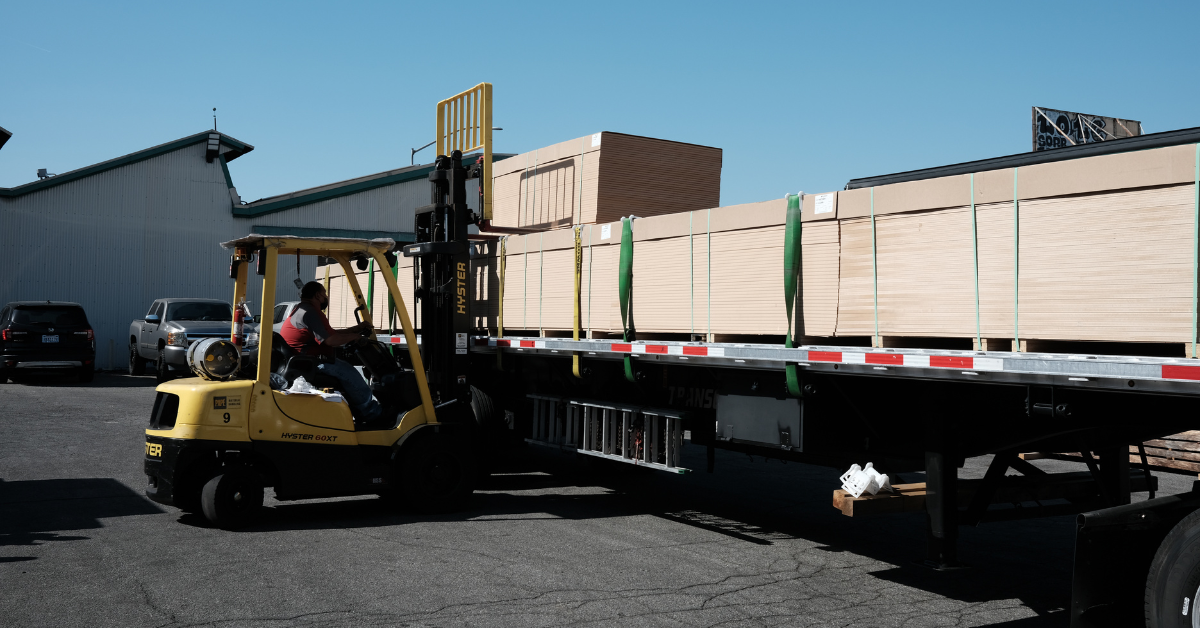
Attributes
Because the prominent feature of Custom Plywood is the wood veneer, all of the aesthetic attributes for a Wood Veneer Sheet obviously apply to Custom Plywood as well. Which also means that, when you order Custom Plywood from GL Veneer, you can pick any of the 880 types of veneer we carry to create your final panels. What separates the two product types is the substrate – or “core” as it’s sometimes called – that the wood veneer is laminated to.
When choosing the substrate material you want, there are four types to choose from, each with its own advantages:
- MDF – “Medium Density Fiberboard” is a super environmentally-friendly material that’s available as 100% FSC certified, with no added formaldehyde. Available in “fire rated” and “moisture resistant” options, it’s popular for high-end architectural millwork applications, case goods, and furniture.
- Particle Board – comprised of larger, less refined wood particles on the interior, it features a nice, smooth exterior surface perfectly suited for any veneer or laminate to be overlayed onto.
- Baltic Birch Veneer Core – considered by many to be the best substrate panel available, veneer core is comprised of several raw layers of either Fir, Pine, or Birch. It’s superior “screw holding” properties are unmatched, making it a premium choice in higher-end applications when architectural integrity and aesthetic appeal are of the utmost importance.
- Combination Core – tough as nails, it combines veneer layers on the interior for enhanced “screw holding” ability and MDF on the outside to create a dense exterior surface, making it a versatile favorite among many millworkers.
Depending on your design project’s specific needs, one of these four substrate types will be exactly what you’re looking for. With the assurance that all of them are “laminate grade” — ready to be veneered on both the face and the back of the panel.
In terms of specifications, all substrate cores come in different thicknesses and dimensions. But pre-cut, standard panels – usually ¾” thick – typically include these sizes:
- 4’x8’ 5’x8’
- 4’x10’ 5’x10’
- 4’x12’ 5’x12’
That said, your project might be anything but standard or typical. And if GL Veneer doesn’t have substrates in the sizes you need in stock, we’ll source them — any thickness, any dimension, just ask. And again, as with Wood Veneer Sheets, if you need Custom Plywood cut to any custom shape or size – even blueprint matched – we can handle that too.
Finally, because you can’t see them, the natural “insulating properties” of Custom Plywood might be the most overlooked attributes. Certainly, the most practical. And maybe even the most valuable — especially when you consider heating and cooling costs of the space you’re designing.
That’s right, Custom Plywood will help insulate any room you use it in, helping keep it cool in the hotter months and warm during the colder seasons. Which makes Custom Plywood an investment in your practical overall comfort just as much as it is in the look, feel, and style of your design.
Applications
For projects requiring extensive square footage of wood material – like expansive walls, flooring, or doors – standard, pre-cut 4’x8’ and 4’x10’ Custom Plywood panels make an ideal choice. Frankly, because they’ll already fit the spaces you’re applying them to, you won’t need to cut the panels — so you won’t wind up with random, leftover scraps. Which equates to minimal wasted material and maximum value for the price you paid.
Of course, a lot of design projects call for special sizes and shapes of Custom Plywood. So even if you can use some standard panel sizes, you’ll also need some cut-to-size panels, or even blueprint matched materials. Both excellent ways to get the exact cut list your order calls for. Unsurprisingly, cut-to-order jobs do cost more than standard, off-the-shelf panels. But they are a huge time saver when you go to install your panels on the project site.
Not only does GL Veneer offer custom, cut-to-size panels, we bring decades of technical expertise to the process. And specialize in delivering 100% satisfaction in the final product. Even for blueprint matched Custom Plywood panels. All you have to do is follow this easy, 5-step process:
- Choose the veneer species
- Pick the veneer cut, matching, and sequencing
- Select the preferred type of substrate (core)
- Determine the thickness and dimensions
- Submit architectural drawings or cut list
Whether you go with standard size or cut-to-order Custom Plywood, GL Veneer offers the best glue bond laminating process available. Far superior to any vacuum or cold press process, our Hot Press Lamination method delivers Wood Veneer Panel products that can’t be equaled. Our 250° platen applies 125 psi to the panel, which crystalizes the glue — not only achieving an unmatched lamination bond but guaranteeing the panel will never delaminate. A promise GL Veneer stands behind 100%.
What you get is a Custom Plywood product that exceeds anything a smaller shop can deliver — in appearance, quality, and value.
Cost
As mentioned earlier, Custom Plywood costs more than Wood Veneer Sheets, simply because you’re buying the substrate in addition to the veneer itself. Not to mention you’re also investing in the expertise of having your veneer professionally laminated to it. In terms of the cost of the various types of substrates, it should come as no surprise that prices vary as well. But you’ll find industry standards fall pretty much along these lines:
- MDF – $30 per ¾” thick, 4’x’8 panel
- Particle Board – $35 per ¾” thick, 4’x’8 panel
- Baltic Birch Veneer Core – $72 per ¾” thick, 4’x’8 panel
- Combination Core – $48 per ¾” thick, 4’x’8 panel
Which one to buy: Wood Veneer Sheets or Plywood Panels?
Now that we’ve examined both Wood Veneer Sheets and Custom Plywood, it’s clear that both are excellent options for different reasons. What determines which is best for you is, well, you — your project, your preferences.
If you have your own laminating equipment – and want to save money laying up your veneer yourself – and/or want more personal control over the sequencing and matching of your wood veneer, Wood Veneer Sheets would be the better choice for you.
On the other hand, if you want an expertly produced, project-ready, one-stop-shopping final product – matching aesthetics with structural integrity and built-in insulation properties – and/or you value the time you’ll save not having to laminate your veneer yourself, Custom Plywood is what you’re looking for.
The great news is that whatever you decide – Wood Veneer Sheets or Custom Plywood – and whatever specs you’re looking for, GL Veneer is the place to find exactly what you want. And we’re always happy to help you do it.
Any questions?
Want to talk about a Custom Order?


